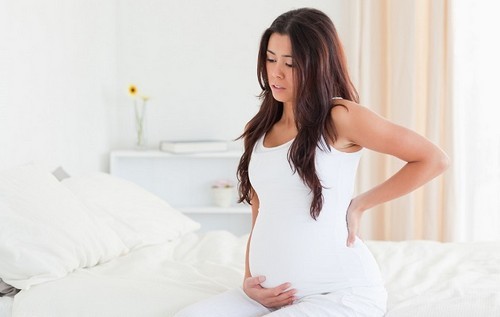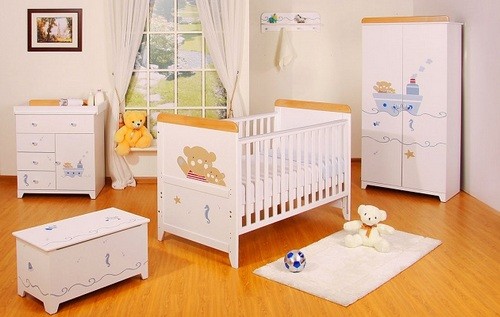Urinalysis is the simplest method for diagnosing a child’s body, which pediatricians use.
Children’s urine tests, decoding of their results allow you to quickly detect various diseases, and not only the genitourinary tract.
The process of urine formation begins in the kidneys. From blood plasma in nephrons (glomeruli of thin capillaries) in the process of filtration, primary urine is formed. The final urine is formed in the renal tubules, where all the necessary nutrients are absorbed from the urine into the blood, and the final metabolic products come back from the blood.
They must be removed from the body by urine. Further, according to the system of collecting ducts, urine enters the pelvis, ureter and accumulates in the bladder. Therefore, the composition of urine is influenced by all processes on the path of its transformation. If it fails somewhere in it, substances that should not be there enter the urine. Therefore, analysis can tell about many changes in organs and systems.
This method is used often enough, because kids can not talk about their feelings. In a general analysis, studies are included:
- physical properties of urine – color density, quantity, acidity;
- chemical – glucose, proteins, bile pigments and ketone bodies;
- sediment microscopy – red blood cells, white blood cells, hemoglobin and epithelial cells.
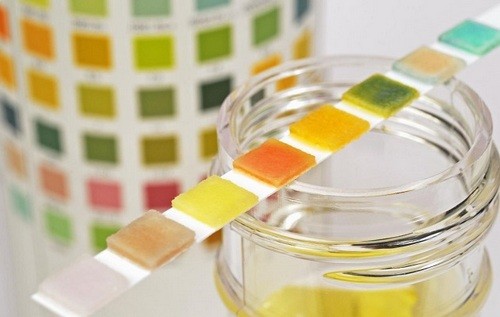
Normal values in children and adults are different, decoding urine tests in newborns will show completely different results compared with adults.. Structurally and functionally, nephrons in infants are still immature. Urine in the first year of life has a relatively low density due to the reduced concentration ability of the kidneys.
The vascular permeability of nephrons is increased, therefore, in baby urine, proteins, glucose, red blood cells and white blood cells appear much more often than in adults. Since the formation of the genitourinary system occurs gradually, a clinical analysis of urine in children requires verification and re-examination.
Types of tests in children
Most often, in childhood, urine is given for general analysis. As additional, allowing to obtain more accurate indicators of blood elements, other methods are prescribed:
- If urinary tract infections are suspected, an analysis is performed according to the Amburge method or Addis-Kakovsky. To do this, the entire volume is collected in a container for a certain time, for example, 3-4 hours or 12-24 hours. Then comes the calculation of the allocation of red blood cells and white blood cells for a certain period of time.
- The method of sampling according to Nechiporenko is the average amount of urine. This method is simpler, but no less accurately identifies cystitis, pyelonephritis or glomerulonephritis.
- The state of the pancreas allows you to evaluate samples for alpha-amylase.
- If rickets are suspected, samples are prescribed according to Sulkovich.
- Daily analysis of urine in a child allows you to evaluate the ability of the kidneys to concentrate (Zimnitsky’s method), conduct biochemical studies on calcium, potassium, sodium, phosphorus, urea, creatinine, lead and hormones.
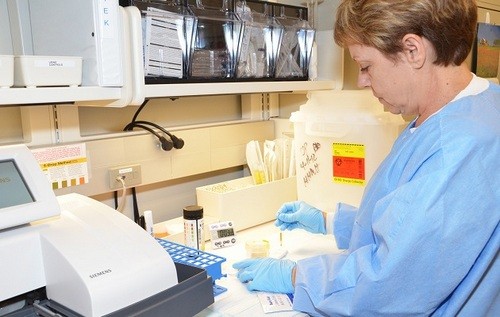
General urine analysis in children
With the delivery of a general urine test in children, all parents are faced. This procedure is carried out in case of suspected disease, the identification of complications after an illness, as well as for prevention. Therefore, it is advisable to know which urine test in children is normal.
The main indicators that are identified in the general analysis of urine:
- Colour. Normally, urine should be light yellow, dark may indicate liver disease or toxic lesions of the body, and turbidity of color – an inflammatory process in the kidneys. A reddish color occurs when taking certain medications.
- Transparency. In a healthy child, the urine is clear, its clouding, the presence of sediment or flakes indicates inflammatory processes in the genitourinary system.
- Acidity level. Normally, urine should be slightly acidic (pH 5-7), if a neutral or prevailing alkaline environment is detected as a result of the analysis, this may indicate inflammatory processes in the urinary tract.
- Density. In newborns, 1001-1005 g / l are considered normal, in six months – 1005-1015 g / l, reaching adult indicators of 1018-1025 g / l when switching to mixed feeding. If they are elevated, the body is dehydrated and there is a lot of sugar in the blood. But low density indicates kidney failure.
- Protein. For normal indicators, its presence in the amount of 0.033% is considered. Exceeding the norm indicates inflammatory processes and infection of the body.
- Red blood cells. Normally, they should be absent or present in very small quantities (no more than 3 in the field of view), urine analysis during teething should also not fix them more than normal. Elevated levels may indicate decreased immunity, kidney disease, or oncology. More on the increase in red blood cells in the urine of a child?
- White blood cells. Normally, they are not detected or are found in fairly small quantities (no more than 2-3 in the field of view). In large quantities, they serve as an indicator of cystitis and kidney disease. More about white blood cells in urine in infants?
Thus, the interpretation of the clinical analysis of urine may indicate a violation of the functions of the child’s body. If her general indicators are normal, and only an increased number of red blood cells and white blood cells is present, an analysis is prescribed according to the Nechiporenko method.
Causes of Poor Urinalysis in Children
Poor urinalysis in a child indicates serious inflammatory or infectious diseases.
However, there may be other reasons:
- non-sterile containers for the collection of material;
- ingestion of feces together with urine;
- drinking plenty of fluids on the eve of the tests, which affects the density;
- eating brightly colored vegetables and fruits, which affects the color of urine;
- aperture of drugs or herbal preparations;
- insufficiently careful morning toilet;
- transfusion of urine from one container to another;
- collecting urine in a pot;
- extracting urine from a diaper, fleece or diaper;
- too long stay of the container in a warm room.
Rules for collecting urine in older children
For older children who independently visit the toilet, the rules for collecting urine are the same as in adults:
- Prepare a sterile container in advance (better get it at the pharmacy).
- In the morning, before urinating, wash the genitals with warm water.
- Wipe off moisture well with a clean towel.
- Squat over a toilet bowl, bathtub or basin while holding the container with your hand.
- Release about a quarter of the urine and with a willpower stop the process.
- Substitute the container to the urethra, release part of the urine and again stop the process by force.
- Remove the container and release the rest of the urine into the toilet or pot.
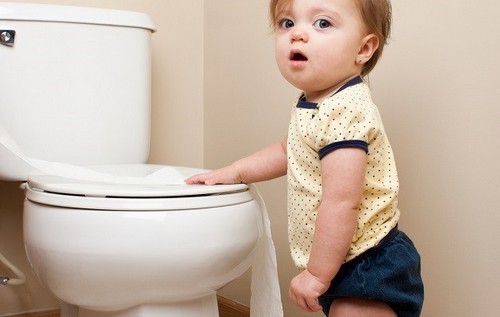
Rules for collecting urine in young children
In the case of small children, parents need to be patient and be very careful.
- Do not collect urine from a diaper or pot. It is advisable to purchase a children’s urinal, which is available separately for boys and girls. From it, urine drains into a sterile, sealed container.
- To collect urine, it is necessary to predict the time when the child wants to urinate. As a rule, this desire reflexively arises after it is stripped or with the sound of pouring water.
- Do not squeeze urine from a fleece, diaper or diaper.
More on how to collect urine from a baby?
For the convenience of parents, there are Internet resources that offer online transcripts for children’s urine tests. The results of this decryption are for informational purposes and are not a diagnosis. Moreover, they can not replace the advice of a doctor. They are useful in terms of additional information about the state of the body, but do not serve as an excuse to independently determine the disease and prescribe treatment for the child.

